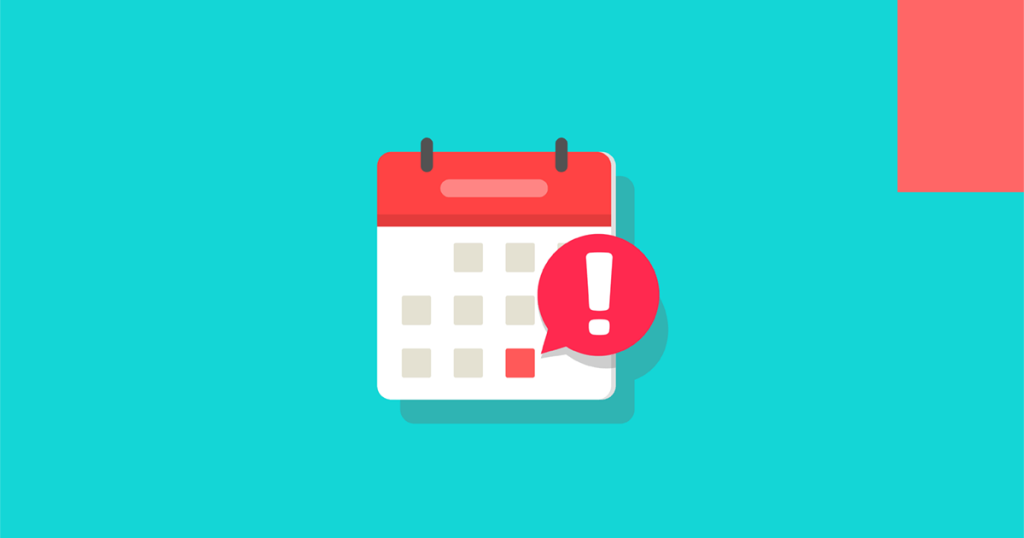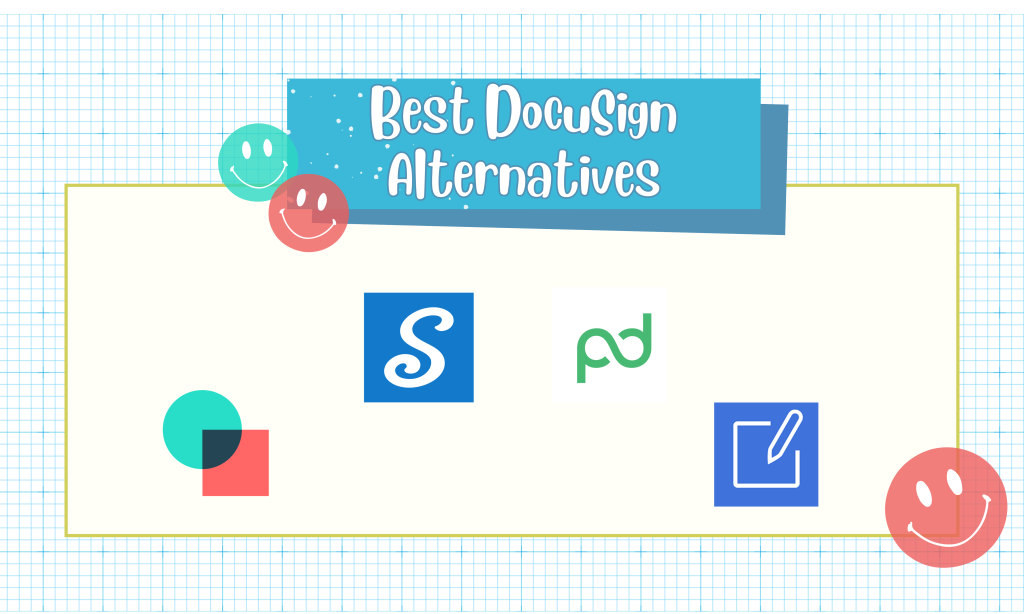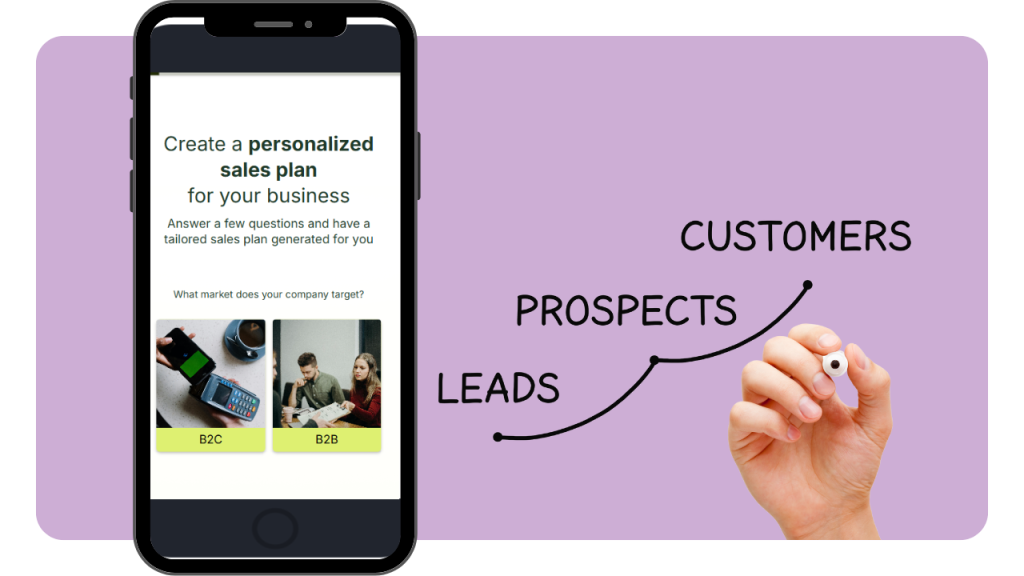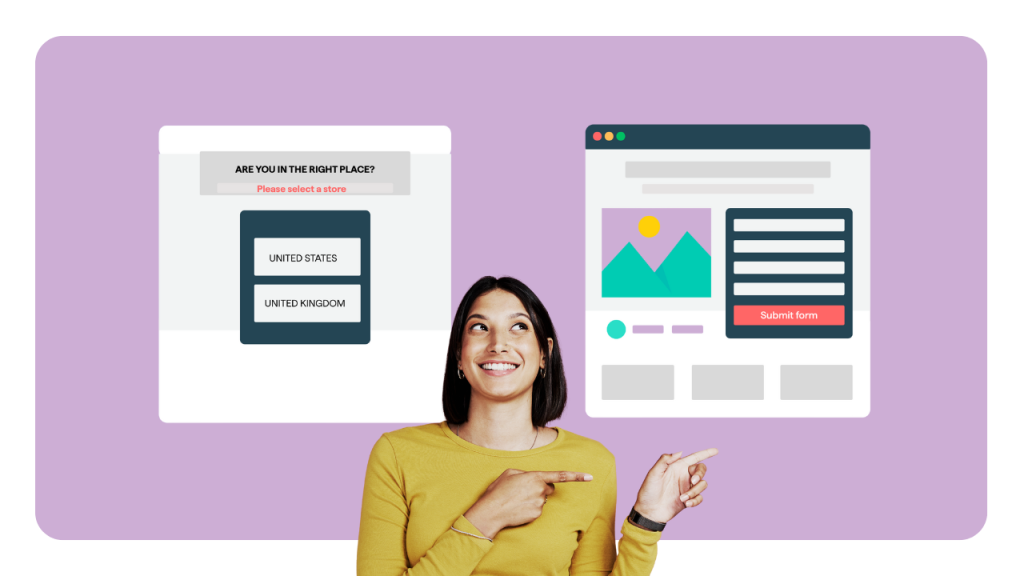An event with no attendees is going to flop. Having people attend your event is kind of the whole point of organizing an event. Getting a respectable number of registrations through the door is a top stressor and a key success metric for event organizers.
Now that cities have long opened up, many people are eagerly participating in public gatherings again (with social distancing, of course).
Corporate events and conferences are also making a comeback. Las Vegas hosted its first large-scale meeting and tradeshow in June 2021. London has started hosting several events in the accounting and staffing industries.
Many SaaS companies have also grabbed the opportunity to market their services not just online but also offline. The year 2022 is being touted as the year when events — regardless of industry — are welcome.
However, organizing an event is costly, and if not marketed properly, can result in poor ROI. So, if you have dipped your toes in the pond and planned an event — whether online or offline, you must employ specific innovative promotional ideas that can squeeze more juice out of your marketing efforts cost-effectively.
After all, not every business has a huge budget to spend on paid advertising. Boost your event footfall with these 13 creative, low-cost ways:
1. Boost Your Content Marketing Efforts
You have likely heard this before, but simply stuffing your web content and blog posts with keywords for SEO purposes will help neither your reputation nor your SEO.
Instead, create a strategy at least three months before the event and publish well-crafted pieces that position you as a brand worth counting on for information and insights on your website and guest sites.
Alternatively, repurpose your content. Turn existing blogs into infographics, videos into social media posts, and video interviews into blogs. Also, refresh your older content with new data. The more extensively you produce and market content, the more your site traffic will increase.
You can also run a quiz on your homepage, asking visitors multiple-choice questions about a common business problem or an industry trend. After they complete the quiz, you can take them to the results page.
Similarly, you can ask them trivia questions (related to your industry) upon answering which they win a free event ticket or a discount on it.
2. Enable Native Checkout
Quite often, customers might be excited when they see the ad for an event but lose interest when the ticket purchase process redirects them to another page, often one that moves slowly.
Instead, make it easy for your target audience to act on their purchase impulse by adding a same-page checkout option for tickets.
Evidence shows, for instance, that direct ticket selling on Facebook leads to 2X more registrations and purchases, so there is a strong case for you to make the tweak.
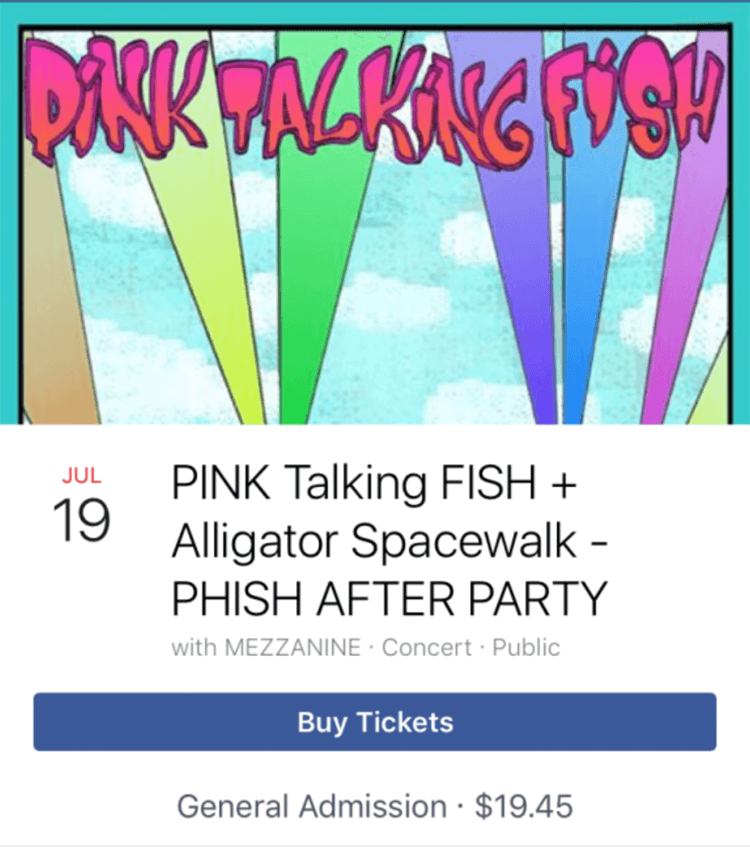
3. Add Limited-time Offers
Looking to boost ticket sales quickly? Run a limited-period discount or promo code that is generous enough to get people to confirm their spots right away.
Use eye-catching graphics to do this, such as a live countdown showing the number of discount codes left or the time left in which people can use the discount.
For example, the Ad World Conference held in May 2022, but started an early bird offer on the website several days before.
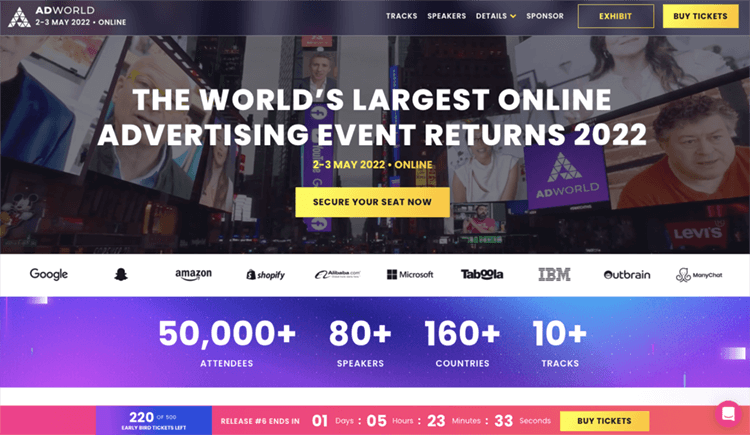
When used right, FOMO is a powerful emotion — everyone loves to be the person who snagged an enviable deal just in time. And it is an excellent way to win back customers who had intended to buy a ticket but forgotten about it at the time.
4. Leverage Email to Market Smartly
Say what you will, email remains one of the most crucial direct marketing tools in the playbook. Segment your email list into categories (such as past ticket buyers versus new people you want to target) and then craft messages tailored to appeal to each of those categories.
Tools such as MailChimp and AWeber make this targeting process much easier, and you will get better results overall than if you were to merely bombard your whole list with the same 'coming soon' message.
In this regard, it helps to have an email list with a checkbox option that lets your subscribers opt into receiving news about events. That way, you can target interested people from the get-go.
Be also sure to craft your promotional emails with an engaging headline and fun content so that people are motivated to learn more about what you are planning.
Another valuable way to get email to promote your event for you is by inserting a link to your event page in your email signature, which is often overlooked as a marketing tool.
Create an email signature banner, which comprises an image with an engaging copy on the event. This way, everyone you correspond with will know that you are hosting something unique and can check it out for themselves.
5. Choose the Right Platforms
It is no secret that social media is the king when it comes to promoting your events online. However, there are several platforms out there, and not all of them might be equally suitable for your event and the audience you are aiming to reach.
For instance, if your event is more of a professional kind catering to executives or job-seekers and looking for easy ways to garner engagement, you might want to post on Instagram in real-time besides using LinkedIn as your primary promotion base.
On the chosen platform, post about early bird deadlines and registration windows, reveal speaker lineups or special guests creatively, and announce giveaways. This is how Ad World Conference recently did it:

In addition, Twitter lets you keep things short and sweet and also enables easy retweeting. therefore , align the platform to your event promotion goals, rather than the other way round, and you will find it much easier to achieve the results you want.
6. Use the Stories Feature
The Stories feature on social media platforms is a great way to get intimately engaged with your audience. Use it to share quick video clips of yourself and your team preparing for the event, including helpful tips to your attendees and funny moments or bloopers.
Plus, on the day of the event itself, use Stories and live video streaming to intimately engage with the people attending and those who could not make it. In the past, QuickBooks has actively posted about its physical event, QuickBooks Connect, on Instagram.
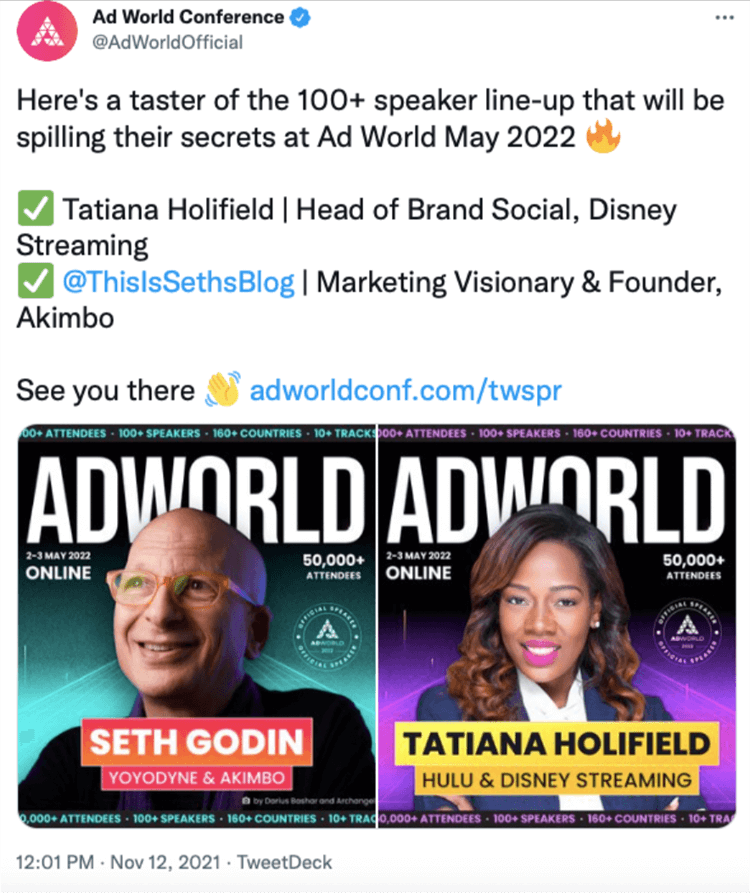
7. Conduct Giveaways
The engagement you will get with an online ticket giveaway is invaluable. From the typical sweepstakes to more creative options like asking users to tag the people they would most like to attend the event with, the possibilities are endless.
For instance, you can send out resources that expand on topics that will be covered in live talks or workshops or give out free electronic copies of books previously published by guest speakers via your newsletter or social media platforms.
Be sure to promote the giveaway sufficiently before the event to get the word out and create enough buzz that people count the days until it happens.
8. Leverage Ad Retargeting
Retargeting is a powerful way to connect with potential attendees who may have visited your event page but got distracted for some reason.
Ad retargeting serves to remind these people of your event as they browse elsewhere and get them to revisit your page — and ideally buy a ticket. The critical thing to remember here is that ad retargeting would not work if you do it en masse.
Decide whom you want to focus on, whether it is people of a particular demographic or those who added tickets to their carts but left during the checkout process.
You will also need to invest in creating ads with multiple designs and formats so that the customer is not annoyed by the same ad over and over again.
For instance, the Mobile World Congress of Barcelona served display ads to individuals who visited their event website but did not register.
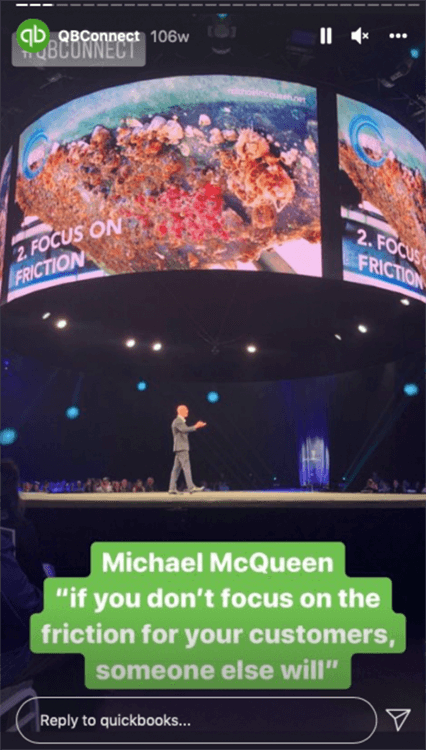
Finally, remember to add the tracking code to each advertisement so that retargeting works accurately.
9. Use QR Codes
QR codes have been popular for a while now, and the fact that most smartphones these days have integrated QR code readers is an added bonus.
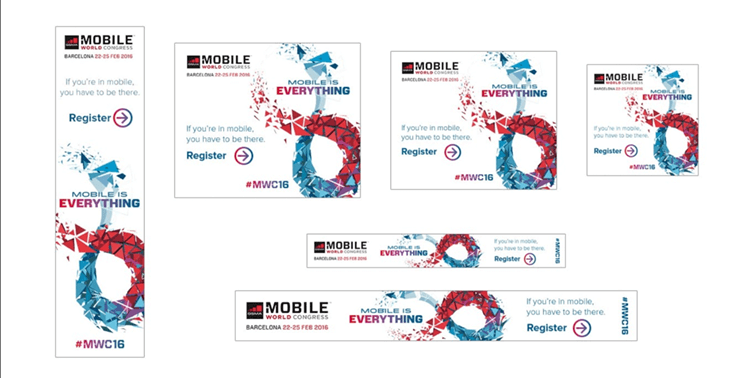
Add a QR code to your event promo material, whether digital or online, and use it to lead customers to a well-designed web page where they can learn more about the events, access insider goodies and discounts, participate in giveaway contests, and so on.
Use a tool like QR Code Generator to generate a code that comes with tracking metrics for you to compare parameters such as the total number of scans, operating device used for scanning, location by country or city, and so on.
10. Work with Sponsors
People or brands you have signed on as sponsors for your event might also be helpful for event promotion. Work with them on ways to cross-promote and try to make it equally beneficial for both parties.
Given that sponsors have an inherent interest in seeing your event work, you can count on them to sincerely promote what you are doing. If you cannot afford to pay for sponsors, consider bartering services with them.
For instance, you can do volunteer work at the local craft school and then ask them to promote your event in turn. They could even come and set up a stall at your event, allowing them greater exposure and adding to your event's luster.
11. Hire a Brand Ambassador
Take influencer marketing to the next level by hiring someone with vast reach and extensive subject matter knowledge to promote your event as its brand ambassador.
Several people can add extra credibility to your event, from YouTube stars to bloggers to decorated individuals in your sphere. Get them to post about the upcoming event on social media or record a short video that you can use in your newsletter or website.
If you have the budget for it, give them referral codes that allow them to earn a certain fraction of each ticket they sell among their network — they will do all they can to brag about your event.
A creative idea would be to share their stories and anecdotes in a "Humans of New York" format on your social media. Adding this personal touch will help your audience see how their values align with your event.
12. Get Referrals from Colleagues
It is not just your end customer — professionals and suppliers you have worked with in the past can do a lot to get the word out about what you are doing now.
Reach out to them and make your ask, and make it easy for them by sharing a referral template or discount code that they can pass on. You may feel shy about asking a favor like this, but you will be surprised at how often people are willing to help.
13. Recap the Previous Year’s Event
The best way to reach a larger audience next time is by showing the people who did not attend what they have missed. Conferences such as Voicecon and SearchLeeds have applied this tactic before — doing a recap video with glimpses of the events.
You can also add testimonials from happy attendees to the video and promote it across your website, email, and social media platforms.
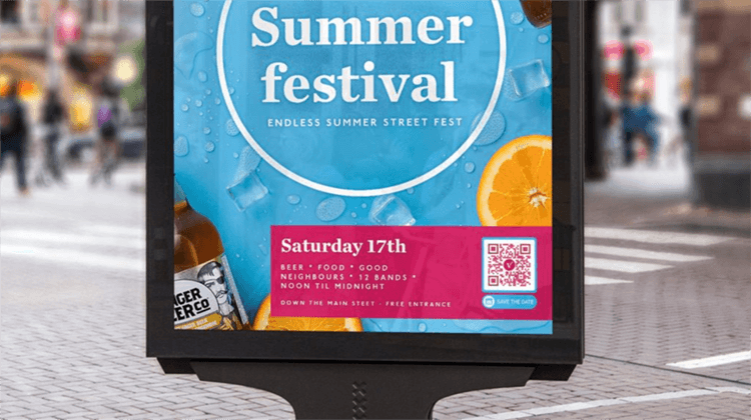
Then, add a quick opt-in form below the recap so that interested people can sign up for receiving emails on future events. It is a win-win technique.
Over to You
Your plan of action is laid out. You now have the most cost-effective options to promote your event and increase registrations at your disposal efficiently.
Remember: without promotion, no one would know that the event is happening, and the good news is you also do not need to spend a lot to drive maximum ticket sales. Take a step back and think which techniques will work best for you and execute those in time.
